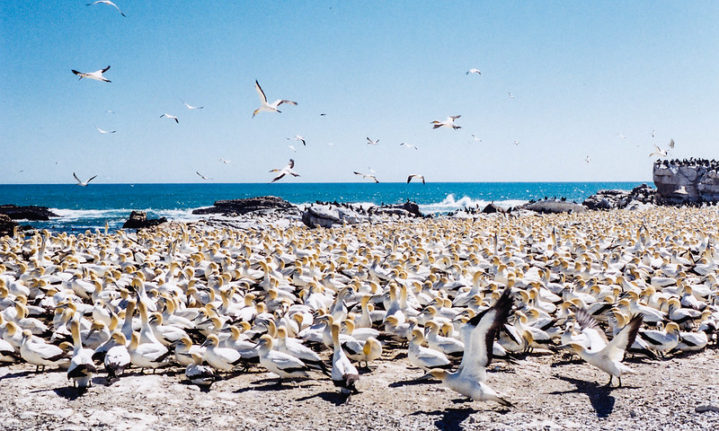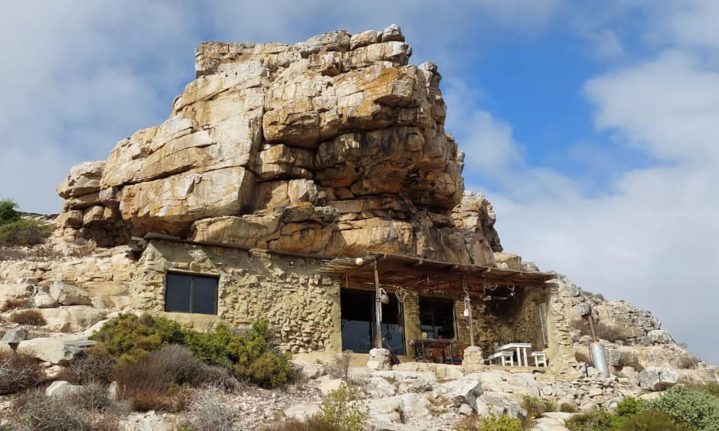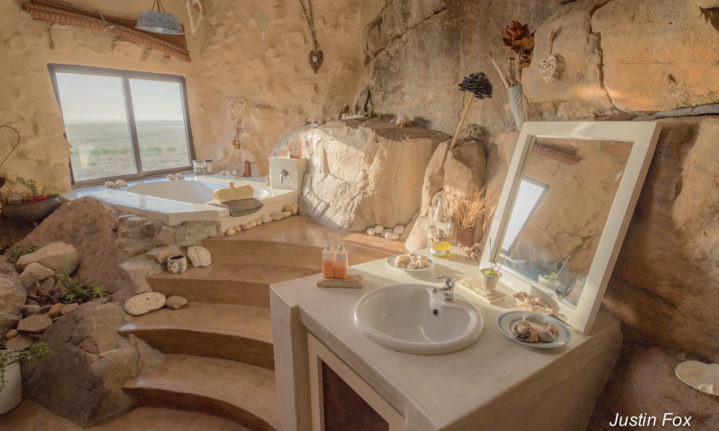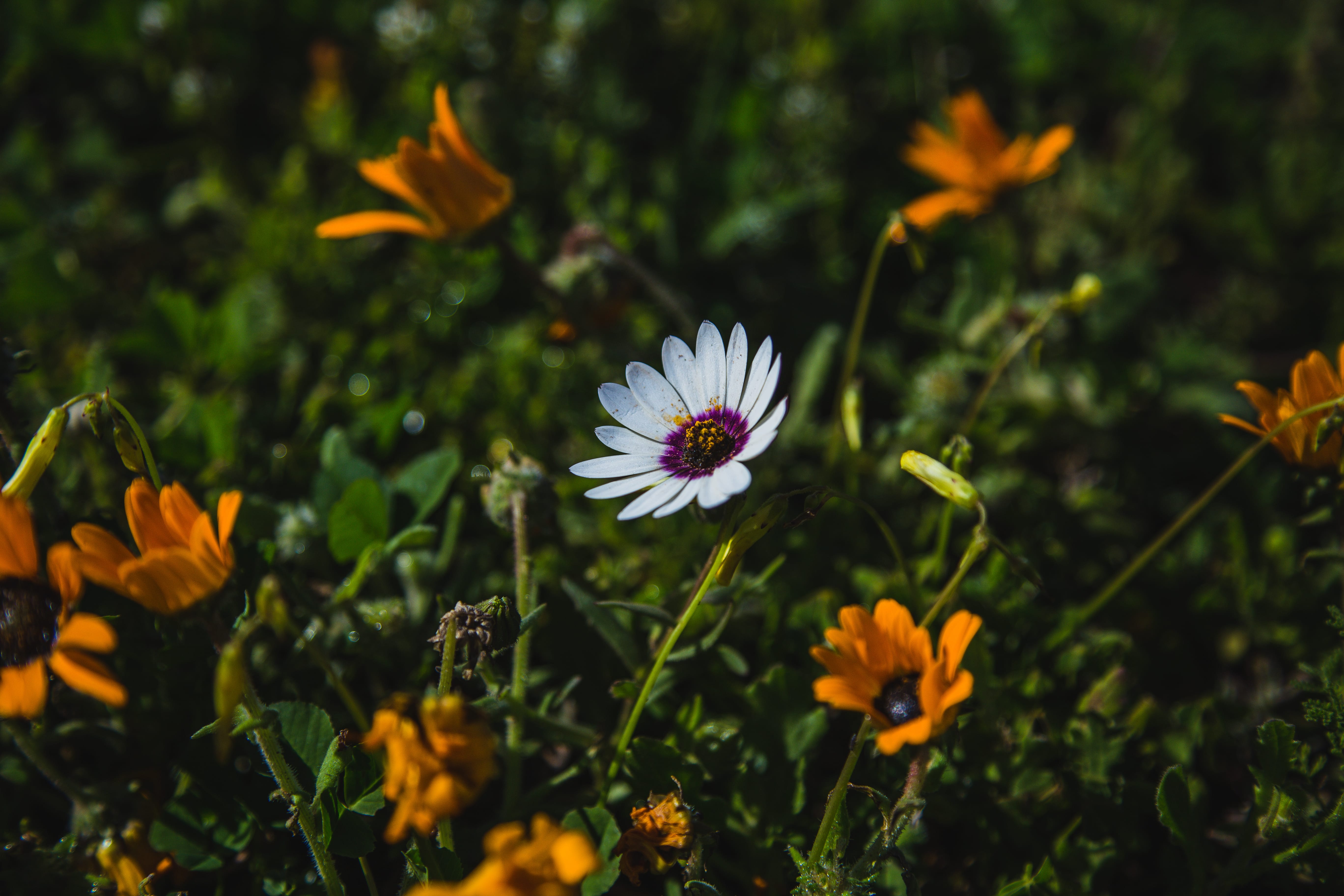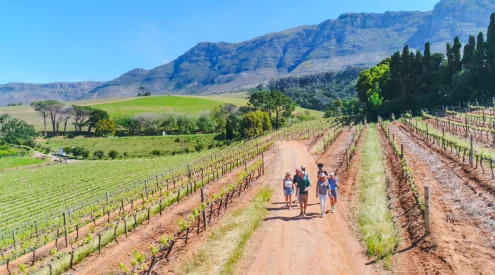It’s funny how humanity has come full circle. In prehistoric times, early humans lived in caves. As the years went by and humankind progressed, living in a cave became primitive and brick buildings became the norm. Today, luxury could be described by some as the most glamorous building or house with every creature comfort you could ever imagine. And yet, as we grow weary of technology and screens and crowds, we migrate back to the concept of simplicity. Sleeping in a cave on an isolated farm on the West Coast? How heavenly.
So it happened that I found myself on a road trip to explore Lamberts Bay in the Western Cape, and stayed over in a little cave with poor cell reception in the middle of nowhere, surrounded by fynbos and rocky outcrops and the roaring waves in the distance.
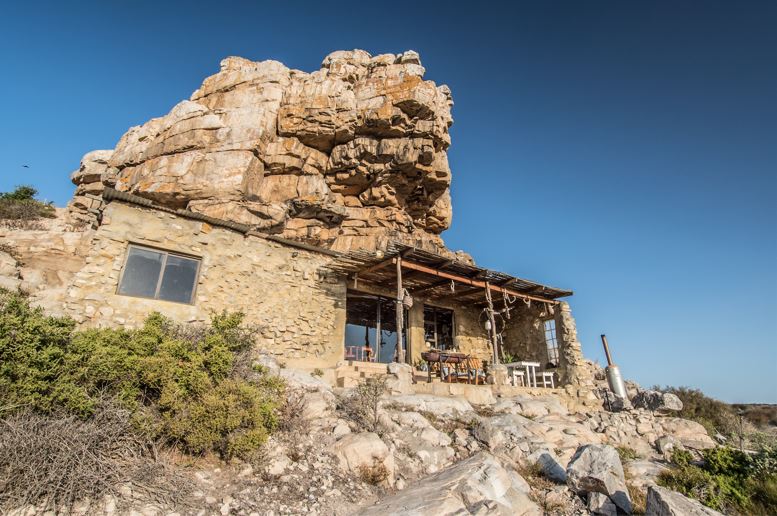
Credit: Justin Fox
Steenbokfontein farm outside Lamberts Bay is a haven for nature lovers, history enthusiasts and solitude-seekers. The small museum at Die Plaaskombuis eatery has original artefacts from the sunken HMS Sybille which sank off the coast at Steenbokfontein in 1901. Guests can also visit the Khoisan caves on the farm, where the University of Cape Town did extensive excavations and research. Here, you can see handprints and other rock art, some estimated to be 6000 years old.
Leaving the farm without staying a night (or two or three) would be a sin. Several different accommodation options are available, but I opted for the Weskus Grotjie (Afrikaans for ‘little West Coast Cave’), a small room built as an extension of an existing rocky overhang that forms an open plan unit. The ‘cave’ is unobtrusive and blends into the environment, harmonising with the surroundings rather than interrupting it and the facilities utilise nature, rather than obliterating it.
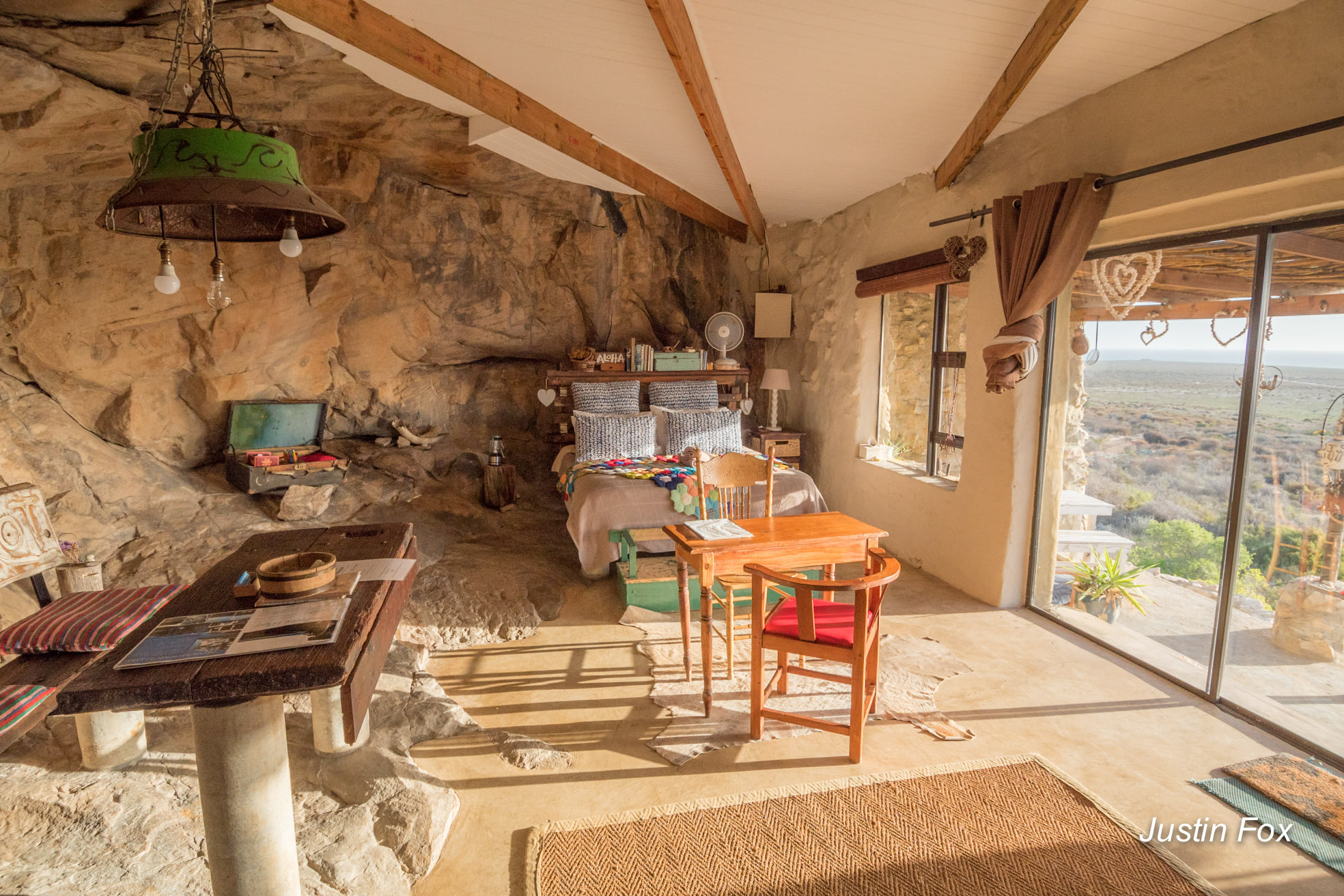
Credit: Justin Fox

Credit: Weskus Grotjie
The bathroom was my personal favourite, featuring a large bathtub built into the rock formation and overlooking the open veld and ocean to the west. The electric lights seemed superfluous. The paraffin lamps and candles dotting the rocks throughout the bathroom felt perfectly natural, and if the unassuming bedroom overlooking the Karoo-like scenery is luxury, then the bathroom is fit for royalty.
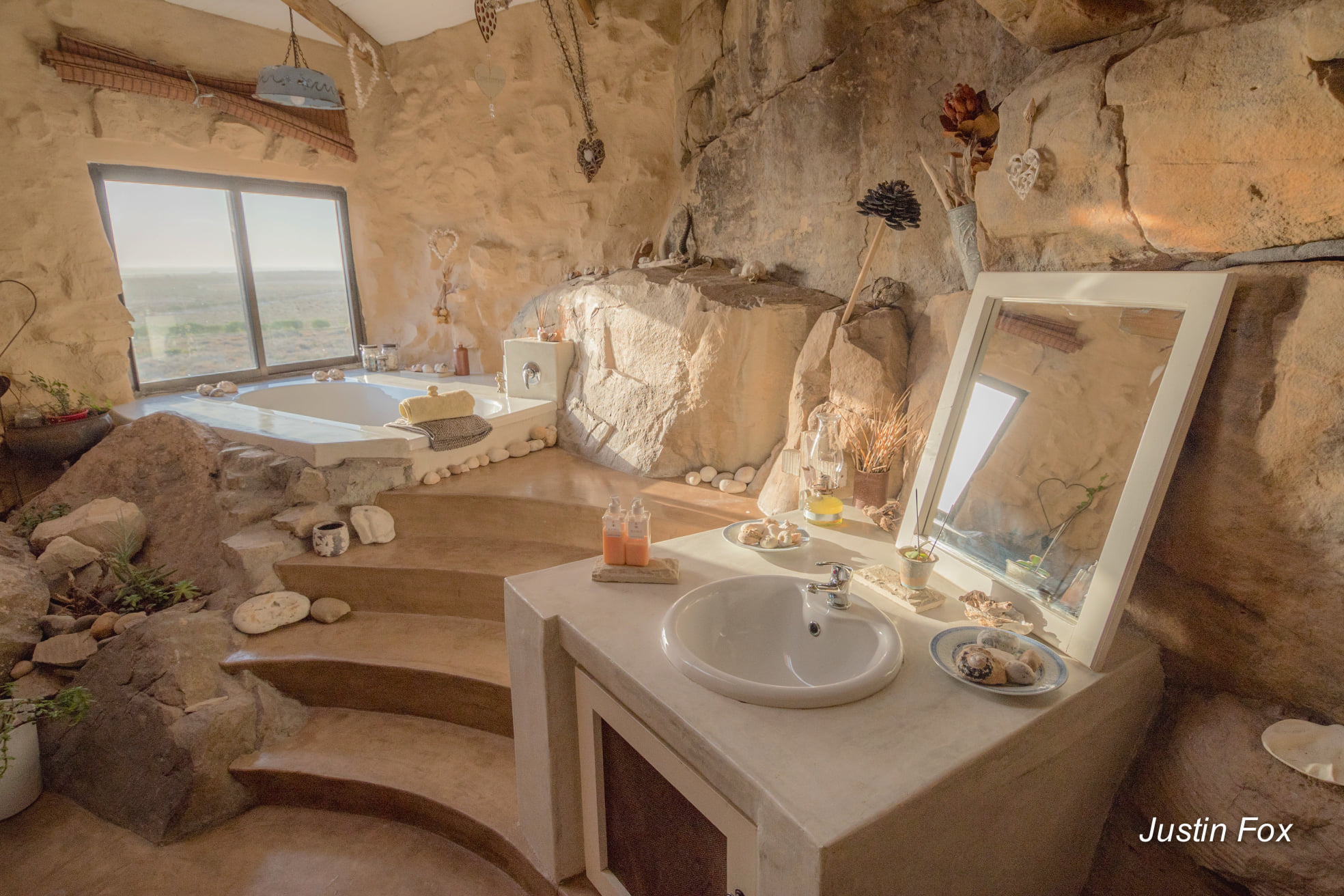
Credit: Justin Fox
You can contact Albert Burger for more information or bookings on 0837021414 or visit their website here.
If you venture further north along the coast, you’ll find Lambert’s Bay. Its claim to fame is Bird Island Nature Reserve and the blue-eyed Cape gannet colony it hosts. Situated about 100m along a breakwater walkway off the harbour, the ‘island’ is one of only six sites in the world where the Cape gannets breed, and it is the only breeding site easily accessible to the public.
Visitors can get up close via the bird hide without disturbing the birds, and might even witness seals or whales close by too. The reserve is managed by CapeNature and entry is R50 per person.
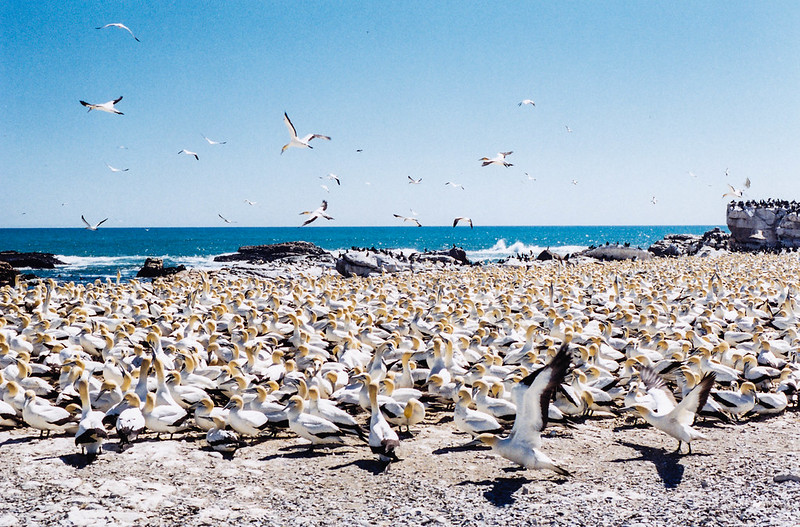
Source: Flickr
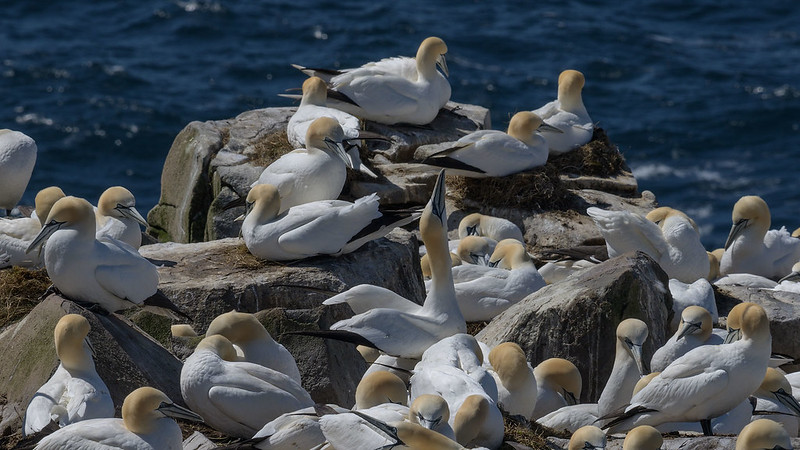
Source: Flickr
Another popular and worthy attraction in the area is, of course, the West Coast National Park near Langebaan, famous for its splendid wildflowers during spring. When taking a tour of the Park, make sure to also visit Kraalbaai, the pristine lakeside beach at the bright blue Langebaan Lagoon.
READ: Your guide to getting the most out of the Cape’s wildflower season

Credit: Anita Froneman
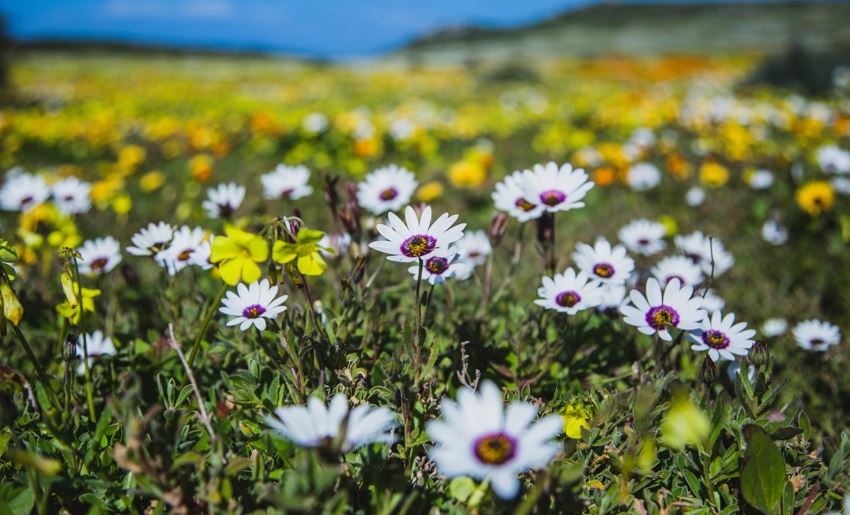
Credit: Anita Froneman

Credit: Anita Froneman
The Park contains mostly strandveld vegetation (a stunning 24,025 ha) and during spring, some flowers you can expect to see are:
- Suurvy (Carpobrotus edulis)
- Elandsvy (Carpobrotus acinaciformis)
- Gousblom (Arctotis hirsuta)
- Bokbaai vygie (Dorotheanthus bellidiformis)
- White rain daisy (Dimorphotheca pluvialis)
- Sporrie (Heliophila coronopifolia)
The Postberg section of the West Coast National Park is open to the public annually from 1 August and closes again on 30 September. “The good rains, which the area has received this year, should make for an excellent flower-viewing season. We anticipate the flowers to be good… up until mid-September,” said Pierre Nel, West Coast National Park Acting Park Manager.

Credit: Anita Froneman
Visitors should select sunny days to visit the park, and it is advisable to plan your visit on a weekday. Weekend days are often very busy with queues developing at the gate, and congestion in the flower viewing areas. The Mooimaak Area will also be open for flower viewing.
There are also several hiking trails in the West Coast National Park that will let you see the blooming Cape wildflowers this spring.
The Langebaan Lagoon is a purely saltwater lagoon, where bird watchers can spend the day looking for several of the over 300 bird species in the area, including the largest colony of gulls in South Africa. It is also a Ramsar site.
Entry to the park is R94 per person.

Credit: Allan Watt
ALSO READ
Getting intimate with Velddrif, the capital of the West Coast











